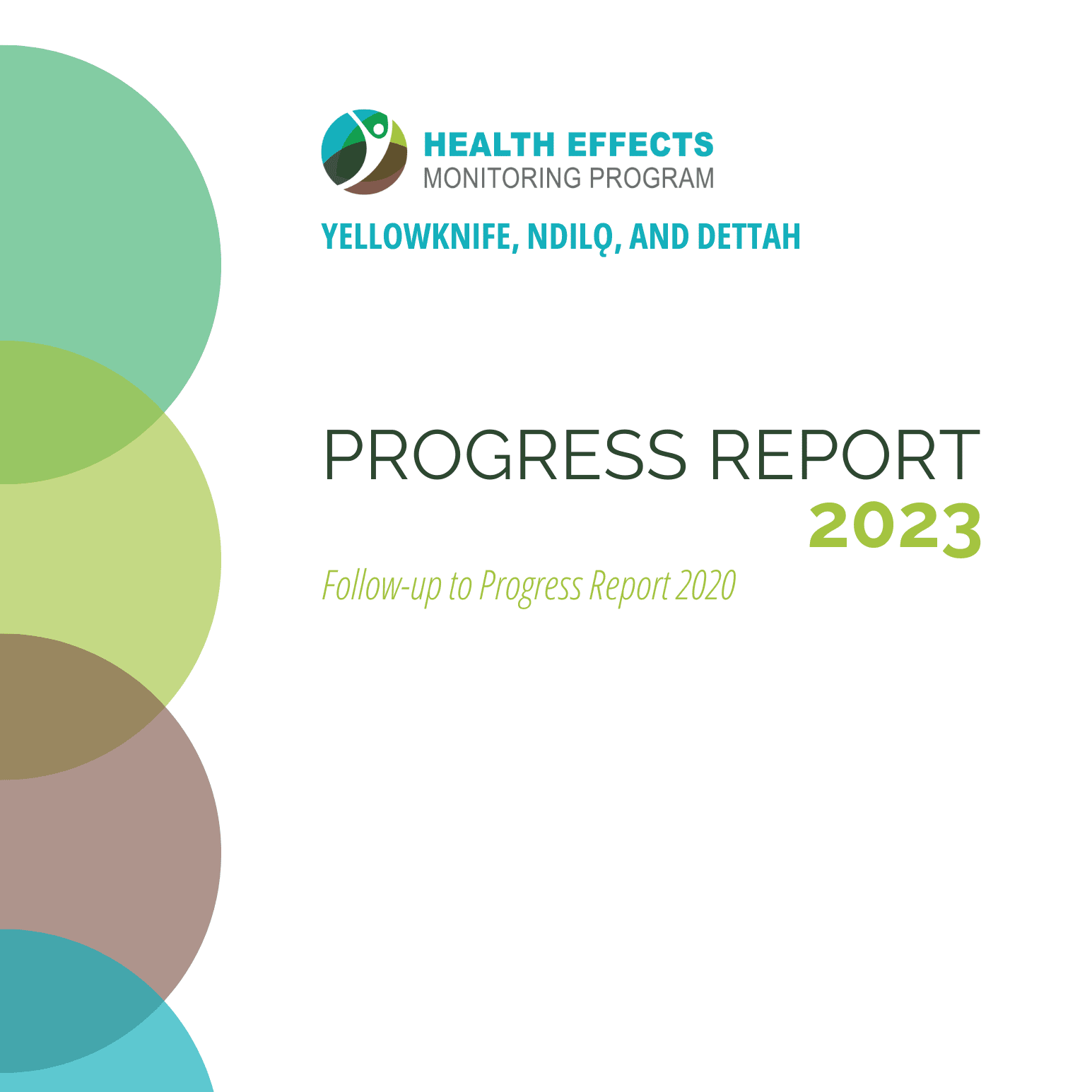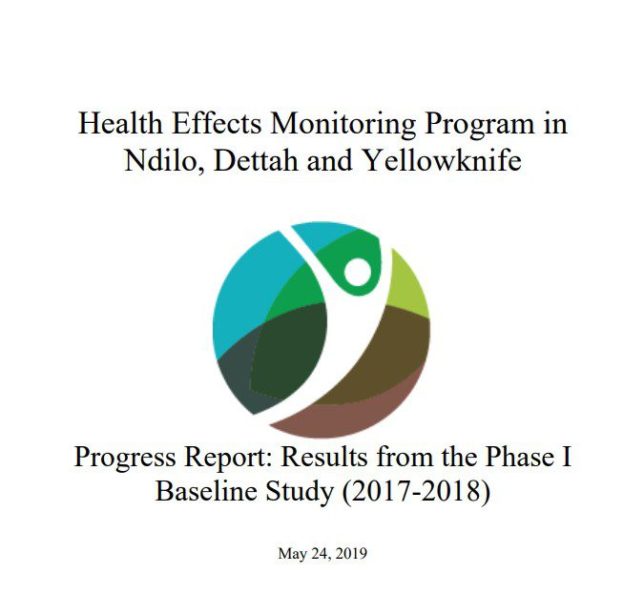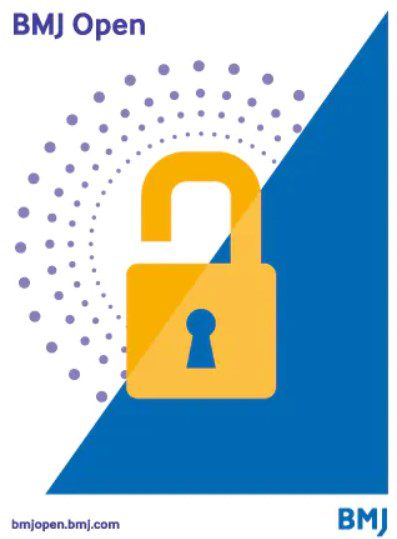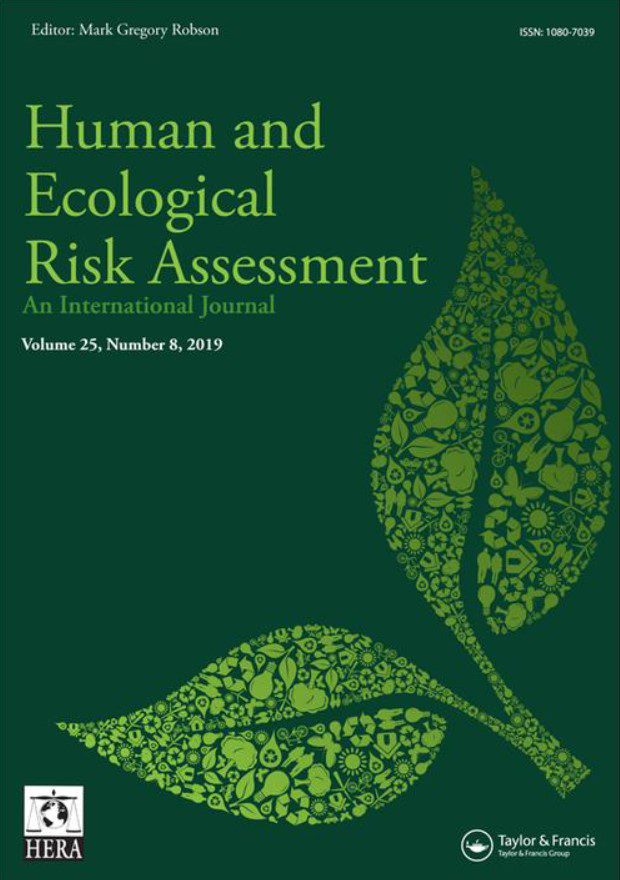
Results
Phase One: Establishing Baseline Levels (2017-2018)
The Health Effects Monitoring Program (YKHEMP) began in 2017 with the main objective to establish a baseline of contaminant exposure and possible health effects in Yellowknife, Ndilo and Dettah, NWT, to ensure the Giant Mine Remediation Project does not negatively impact the health of the communities during remediation activities at the mine site. The study also aimed to answer the question of whether local residents were being exposed to higher levels of arsenic compared to other Canadians.
YKHEMP is a long-term monitoring program and as such, will be repeated every five years to follow the trends and investigate the long-term relationships between arsenic in the urine and toenails, and health effects. Baseline levels, for arsenic and other contaminants of potential concern including antimony, cadmium, lead, manganese and vanadium, were completed in 2018. Establishing this baseline was very important in making sure accurate monitoring of exposure to arsenic is done in the years to come.
YKHEMP uses Reference Levels to compare Yellowknife area populations to other Canadians.
What are Reference Levels?
Every few years, Statistics Canada measures arsenic levels with thousands of urine samples from around the country for the Canadian Health Measures Survey. Using that information they found that 95% of Canadians have 27 µg/L or less Total Arsenic (a combination of organic and inorganic arsenic species) in their urine. And, they found that 95% of Canadians have 21 µg/L or less Inorganic Arsenic (toxic) in their urine.
How much is that?
21 or 27 drops of water in a 10,000-gallon swimming pool.
Preliminary summary results were shared with the public during community meetings with the Yellowknife population, the Yellowknives Dene First Nation and the North Slave Métis Alliance between May and June 2019.
Key Findings from Baseline Sample Collection:
Most people tested had urinary total arsenic levels comparable to the average Canadian. For more summary results, check out our results brochure, for more detailed results check out our 2020 Report or publications.
NEXT STEPS:
Early 2023
Organize Community Meetings to share all available baseline results.
Spring 2023
5-year follow-up resampling of children and youth ages 3 to 19.
2027-2028
10-year follow-up resampling for all participants, including adults.
Reports
A plain-language booklet highlighting preliminary results from the 2023 follow-up study on children and youth.
Plain-language booklets that show the newest results from the 2017-18 baseline study, including results for health files and genetics.
Our third progress report provides results from toenail and saliva samples, results from our review of medical files, and a discussion of biomarkers.
This report provides an overview of the YKHEMP 2017-28 sampling project, as well as a description of the results.
This report provides a detailed overview of the YKHEMP 2017-28 sampling project, as well as a description of the results.
Summary sheets covering the preliminary results of the 2017-18 sample collection. Separate sheets for YKDFN, NSMA, and the general Yellowknife population.
Publications
This paper outlines the Health Effects Monitoring Program, including some initial findings of the 2017-2018 sampling.…
The results of our 2017-2018 sample collection to measure arsenic exposure in residents of Yellowknife, Ndilǫ, and Dettah.
From 2013-2018, we caught fish from various lakes around Yellowknife and measured their arsenic levels. Our research was published in the Journal of Human and Ecological Risk Assessment.










